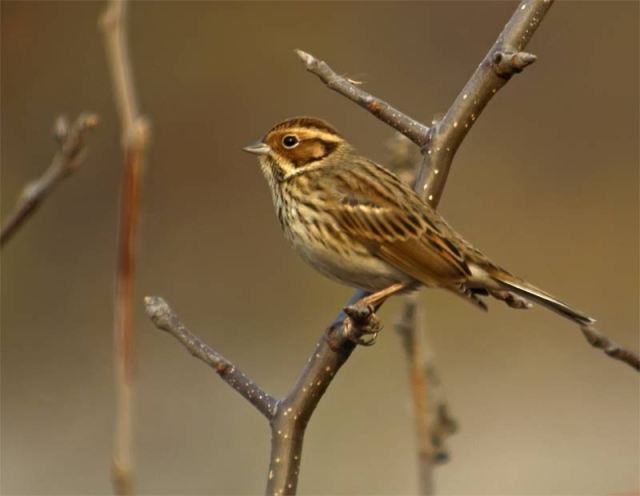Yellowhammer Emberiza citronella
The common bunting of farmland and bushy heaths, the Yellowhammer is typical of warm, sunny days when the males sing non-stop. In winter, they gather in small groups, or mix with other buntings and finches, roaming weedy fields or ploughed land, searching for seeds. Small parties of Yellowhammers draw attention to themselves by their sharp calls. In flight, they show the typical long, white-edged black tail of buntings.
VOICE Call sharp, quick, metallic, spluttering tsik, tzit, or twitik; song sharp, thin, metallic trill with one or two longer, higher or lower notes at end, ti-ti-ti-titi- ti-ti-ti-teee-tyew, or simpler quick trill.
NESTING Hair-lined nest of grass and straw on ground in base of bush or below bank; 3–5 eggs; 2 or 3 broods;April–July.
FEEDING Eats some insects in summer, otherwise mostly takes seeds from ground.










